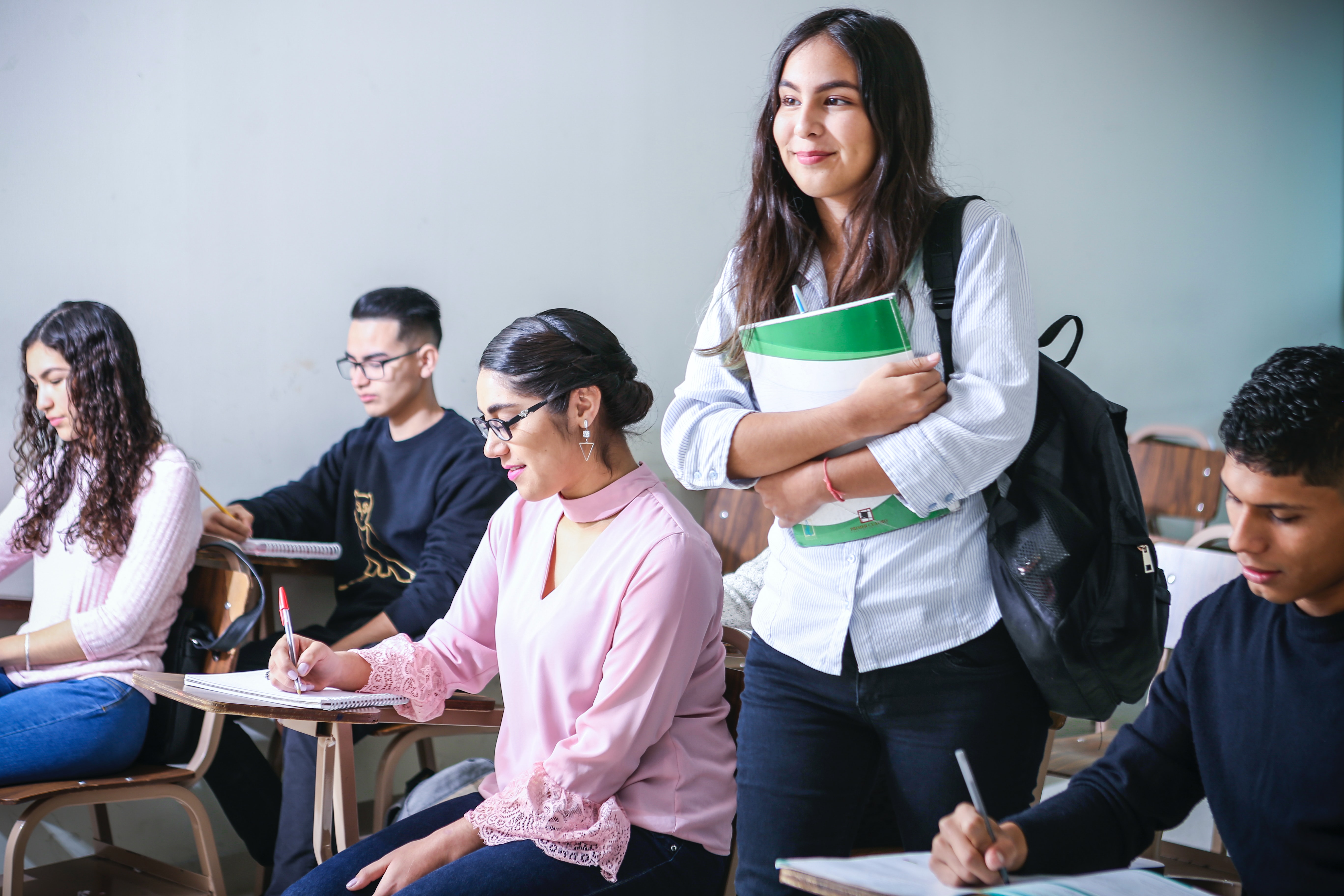As an educator how many times have you heard ‘it’s not fair/that’s not fair’ in your classroom. A student complaining that it feels like things are not fair can be very challenging in a classroom and it can unsettle the entire class. Let’s look at this in another way, in our classroom are we doing our job properly if everything's the same for every student? We want there to be equality in our schools, we want the opportunities for everyone to be equal, this is where equality becomes tricky as equal is not always the same.
Think of it this way, you have two students in your class; one that is your average student and one who is deaf and communicates using sign language, so for equality in your classroom, a signer is essential for the deaf student to be able to access the learning in your class. There are many examples where reasonable adjustments to support the learning of all are the things that you do without thinking in your class. It might be simple things like adding pictures to presentations to support those whose literacy skills are not where they should be or giving that student a little extra thinking time to answer that question. These simple little adjustments are not the things that our students see as things that make it fair, it tends to be the bigger things when grading work, when setting assignments, when giving roles within the classroom, when dealing with a negative behavior incident this is where they see the perceived ‘fairness’.

Equality is not about giving everyone the same in education, we have individuals that all have very different starting points, different struggles, different advantages. By giving everyone the same, that’s not promoting equal opportunity for all as it has no relationship with what the individual needs to access that opportunity. As educators we need to be thinking about how to make those adjustments so that all students have equal access to all the opportunities on offer.
I have chosen for the majority of my career to work with students that are at the extremes of negative behavior in schools and their sense of equality and fairness is heightened. When dealing with a negative behavior within the classroom with students who you are trying to change behavior patterns, you are not just thinking about the math they need to learn, but you are also thinking about where they are in their progress to change their negative patterns. Consideration is also for what has happened before for them, what previous learning has looked like for them and how they may be feeling in that moment, obviously this approach has to be tailored to the individual.
In working with students with extreme behavior, I have had the opportunity to work with skilled professionals from the education sector and I was lucky enough to be present when a conversation like this took place:
Student: It’s not fair
Adult: You’re right, it’s not fair and you are probably angry about that. It’s not my job to give everyone the same and make it look fair.
Student: Yes it is you need to make it fair.
Adult: You know you are very good at your math, but find it difficult to read and you have very different work to Fred.
Student: Yeah…..
Adult: My job as your teacher is to make sure you get what you need so you can make progress whilst also doing exactly the same for Fred but he needs different help to you. By making sure you get what you need this will look different from what Fred needs and might look unfair to you, but it isn’t it’s just differences.
I will put my hand on my heart and say I have stolen this conversation and have used it so many times with different groups of students at different times and generally speaking the ‘it’s not fair’ happens a lot less afterwards. Try it out the next time you hear ‘it’s not fair’ and see how your students respond.
Author: Nicola Jones-Ford
Posted: 12 Oct 2020
Estimated time to read: 3 mins